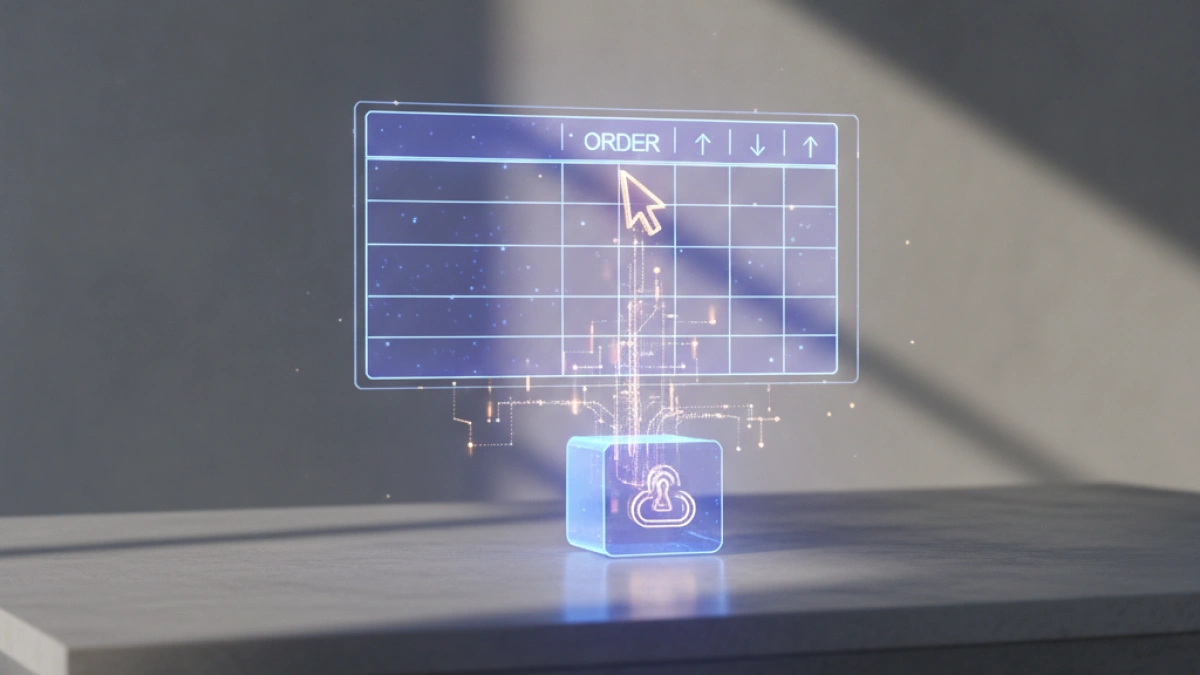Create an Administration Panel Controller with Laravel and Filament.


In the world of web development, creating efficient and easy-to-manage applications is fundamental. One of the most notable tools to achieve this is Laravel, a powerful framework for PHP. Recently, the use of Filament has become popular, a package that allows for the rapid and simple construction of administration panels. Below are the steps to create an administration panel controller using Laravel and Filament.
Introduction to Laravel and Filament
Laravel is a framework that facilitates the development of high-quality web applications, while Filament integrates perfectly with Laravel, offering a pleasant user interface and comprehensive functionalities for data management. Together, they enable developers to create powerful administrative applications with minimal effort.
Installing Laravel and Filament
The first step to start using Laravel is to install it. You can create a new project using Composer with the following command:
composer create-project laravel/laravel project_name
Once your project is ready, you will need to add the Filament package. This is done by running the following command within your project:
Read also
composer require filament/filament
This command installs all the necessary dependencies for Filament to function optimally in your Laravel project.
Configuring Filament
After installing Filament, it is important to make some initial configurations. You can publish the Filament configuration files by executing:
php artisan vendor:publish --tag=filament-config
This command will generate a Filament configuration file that will allow you to customize the appearance and behavior of your administration panel.
Read also
Creating a Controller
A controller in Laravel is responsible for handling requests and business logic. To create a controller that manages the functions of your administration panel, you can use the following command:
php artisan make:controller ControllerName
This command will generate a controller file in the app/Http/Controllers directory. From here, you can define the methods that will be responsible for receiving and processing requests from the Filament interface.
namespace App\Http\Controllers;
use App\Models\YourModel;
use Filament\Http\Livewire\Pages\Dashboard;
class ControllerName extends Controller
{
public function index()
{
return view('view_name');
}
}Creating a Filament Page
Filament allows you to create custom pages to display relevant information in the administration panel. To do this, you need to create a page class that extends \Filament\Pages\Page. A basic example would look like this:
namespace App\Filament\Pages;
use Filament\Pages\Dashboard as BaseDashboard;
class Dashboard extends BaseDashboard
{
protected static string $resource = YourModel::class;
}This will allow you to manage resources from your new page in Filament's administration panel.
Adding Resources
Filament also allows you to add resources like models and forms to easily manage your database. To create a resource, you run the following command:
php artisan make:filament-resource ResourceName
This command will generate all the necessary files to handle the resource, including a form for creating and editing records, as well as an interface for displaying data.
Conclusion
Creating a controller for an administration panel using Laravel and Filament is a straightforward process that transforms the way you manage your web applications. Thanks to the functionalities offered by these two powerful allies, developers have effective tools to facilitate their work.
If you wish to continue learning about Laravel, Filament, and other interesting web development topics, I invite you to keep exploring more news on my blog.


















